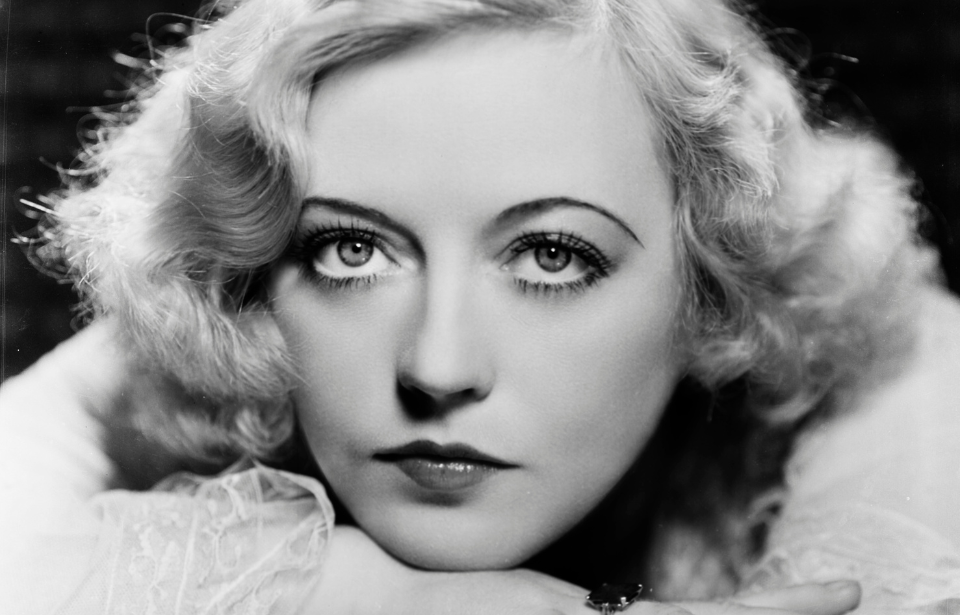Marion Davies, a luminary of early Hollywood cinema, dazzled audiences with her versatile talent and magnetic screen presence. Rising to prominence in the silent film era, she navigated the complexities of fame and personal relationships amidst the glittering backdrop of 1920s and 1930s Hollywood. Her journey from chorus girl to celebrated actress, coupled with her philanthropic endeavors, paints a portrait of a woman whose legacy transcends the silver screen.
Early life and background
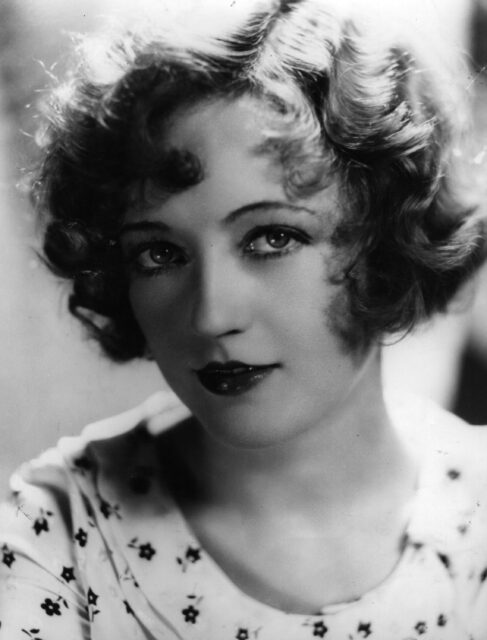
Marion Davies, born Marion Cecilia Douras, entered the world on January 3, 1897, in Brooklyn, New York. As the youngest of five children in the Douras family, she grew up in a bustling household filled with the energy and dynamics of a large family. Her father, Bernard J. Douras, was a lawyer and judge, while her mother, Rose Reilly, managed the household. The Douras family was of Irish descent, and Davies’s upbringing in a culturally rich environment significantly shaped her personality and interests.
Her early interest in drama was sparked by watching her sister’s success in show business, setting the stage for her own future in the arts. Her sister, Reine Davies, was a well-known actress, and Davies often accompanied her to rehearsals and performances. This exposure to the world of theater ignited a passion for acting in young Davies, who began to dream of a career on the stage. Her family’s support and encouragement further fueled her aspirations, and she soon started taking steps toward making her dreams a reality.
Career beginnings and adopting the stage name ‘Marion Davies’
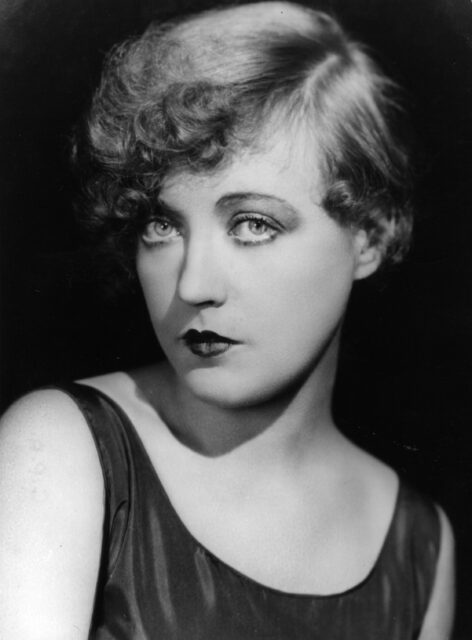
After leaving school, Davies transitioned from modeling for renowned painters to pursuing a career in acting. Her striking beauty and captivating presence made her a sought-after model, and she graced the canvases of several prominent artists of the time. However, her true passion lay in the performing arts, and she was determined to make a name for herself in the world of theater and film.
To carve out a distinct identity in the entertainment industry, she adopted the stage name Marion Davies. This decision marked the beginning of her journey as a professional actress. Her early acting gigs included minor roles in stage productions and silent films, where she quickly established herself as a talented actress with a promising future. Her natural charm and comedic timing set her apart from her peers, and she began to attract the attention of influential figures in the industry.
Broadway success and meeting Hearst

Between 1915 and 1917, Davies graced the Broadway stage in productions like Chin-Chin, Stop, Look and Listen, and Ziegfeld Follies. Her performances were well-received by audiences and critics alike, and she quickly became a rising star in the theater world. Her role in the Ziegfeld Follies was particularly significant, as it showcased her versatility as a performer and solidified her reputation as a talented actress.
During her time in the Ziegfeld Follies, she first encountered William Randolph Hearst, a meeting that would significantly shape her career. Hearst, a powerful media magnate, was instantly captivated by her beauty and talent. Their relationship quickly evolved from a professional association to a deep personal connection, with Hearst becoming her mentor, benefactor, and lifelong companion. This partnership opened new doors for Marion and provided her with opportunities that would have been otherwise inaccessible.
Her film career and Hearst’s influence
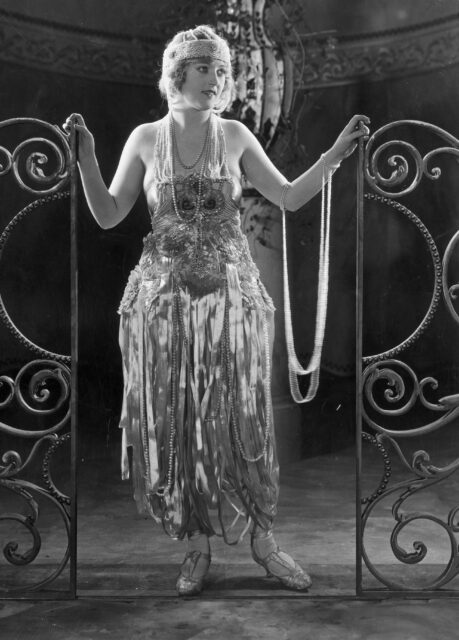
Marion Davies’s brother-in-law, George Lederer, directed her first film, Runaway Romany (1917), which she reportedly wrote and scripted herself. This early foray into filmmaking demonstrated her creative abilities and set the stage for her future success in the industry. In 1918, shortly after meeting Hearst, she starred in Cecilia of the Pink Roses, a film backed by Hearst. His financial support and influence in the media industry played a crucial role in promoting Marion’s career and ensuring the success of her films.
Her comedic talent and Hearst’s support made her one of the most advertised actresses in the world. Davies’s ability to effortlessly switch between dramatic and comedic roles endeared her to audiences and critics alike. She also ventured into film production, showcasing her multifaceted abilities and further solidifying her position in the industry. Her collaboration with Hearst allowed her to take on more ambitious projects and explore new creative avenues.
Hollywood and Cosmopolitan Productions
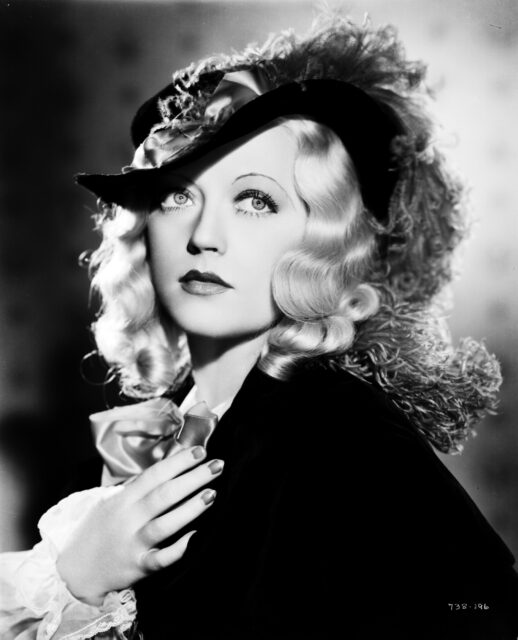
In the early 1920s, Davies and Hearst moved their company, Cosmopolitan Productions, to California, joining forces with Metro-Goldwyn-Mayer studios. This move marked a new chapter in Davies’s career as she transitioned from the East Coast theater scene to the burgeoning film industry in Hollywood. The partnership with MGM provided her access to state-of-the-art facilities and resources, enabling her to produce high-quality films resonating with audiences.
Over the next decade, she appeared in 29 films, and by the end of her career, she had starred in 46 films, including 16 talkies. Cosmopolitan Productions produced her major films, which were filmed at Paramount, MGM, and Warner Brothers studios. Davies’s versatility as an actress allowed her to excel in a variety of genres, from romantic comedies to historical dramas. Her performances were characterized by their authenticity and emotional depth, earning her a dedicated fan base and critical acclaim.
Marion Davies’s personal life and her relationship with Hearst
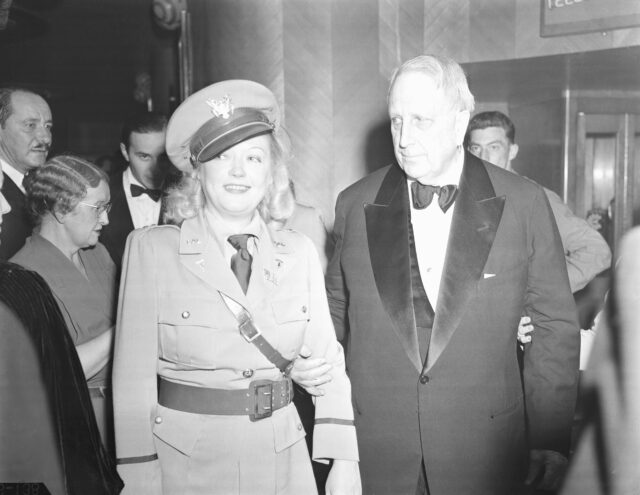
Marion Davies quickly became Hearst’s constant companion and confidante. Their relationship was not only romantic but also deeply collaborative, with Hearst playing a significant role in shaping Davies’s career and public image. Known as Hollywood’s foremost hostess, she threw lavish parties at Hearst Castle and her extraordinary mansion on the beach in Santa Monica. These gatherings were attended by dignitaries, Hollywood stars, and famous athletes, all eager to be part of her social circle.
Davies’s role as a hostess extended beyond mere entertainment; she was also a skilled networker and mediator, fostering connections between influential figures in various industries. Her charm and charisma made her a beloved figure in Hollywood, and her parties became legendary for their opulence and exclusivity. Despite the challenges and controversies that came with their high-profile relationship, Davies and Hearst remained devoted to each other, supporting one another through thick and thin.
Financial acumen and philanthropy
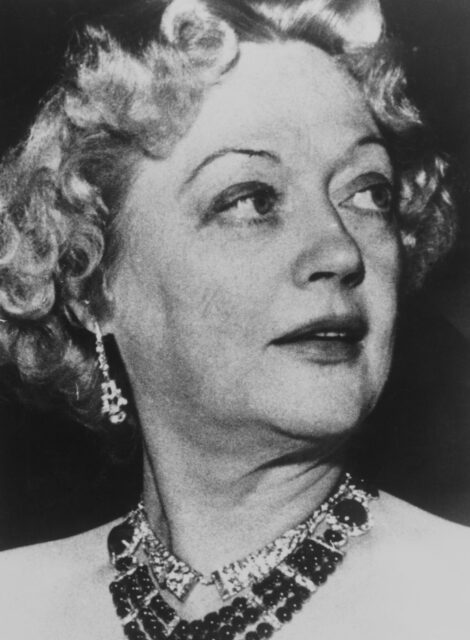
Davies followed the advice of Hearst’s financial advisors, avoiding debt and making wise investments in real estate. Her financial acumen allowed her to amass a considerable fortune, which she managed with prudence and foresight. During the late 1930s, when Hearst Corporation faced financial difficulties, Davies’s generosity shone through as she gave Hearst a check for $1 million to save the company. This act of selflessness underscored her loyalty and commitment to Hearst, as well as her financial savvy.
Her philanthropic spirit also led her to found the Marion Davies Children’s Clinic, now part of the UCLA Medical Center. The clinic was established to provide medical care to underprivileged children, reflecting her deep compassion and desire to give back to the community. Her contributions to healthcare and education left a lasting impact, and the clinic continues to serve as a testament to her legacy of generosity and social responsibility.
Marion Davies’s later years and legacy

In 1947, Davies and Hearst left San Simeon for the last time, moving to her home in Beverly Hills. The move marked the end of an era as the couple sought a quieter life away from the public eye. Hearst passed away four years later, and Davies continued to live a quiet life until her death from cancer on September 22, 1961. Despite the challenges and heartaches she faced in her later years, Davies remained resilient and dignified, cherishing the memories of her remarkable journey.
More from us: Why Do People Think Audrey Hepburn Had An Affair With JFK?
She was laid to rest in the Douras family crypt at Hollywood Memorial Park, leaving behind a legacy of talent, generosity, and resilience. Marion Davies’s life story is a testament to her remarkable journey from a Brooklyn girl to a celebrated actress and philanthropist, forever remembered in the annals of Hollywood history. Her contributions to the entertainment industry and her philanthropic endeavors continue to inspire future generations, ensuring that her legacy endures for years to come.
Join The Vintage Newsletter community today and unlock a treasure trove of weekly curated content, exploring nostalgia, history, and fascinating facts from the past.
